READY TO GET STARTED?
REQUEST A FREE ESTIMATE
Fill out the form below or call (888) 466-7849 for a free, no-obligation estimate.
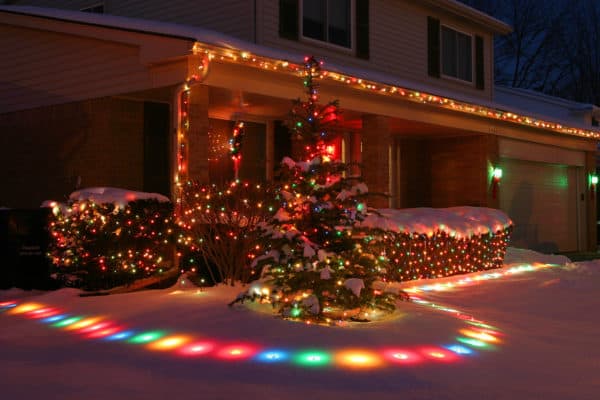
With the holidays looming near, you may be looking for areas where you can cut back on costs to give you that extra holiday cushion. We have a few tips you can consider that can not only help you go green but also put some extra cash back in your pocket!
Properly insulating your home can help energy efficiency throughout, helping you save money in the long run, not just the holiday season. Let Northwest help you go green and save green! Call and schedule your free inspection today!
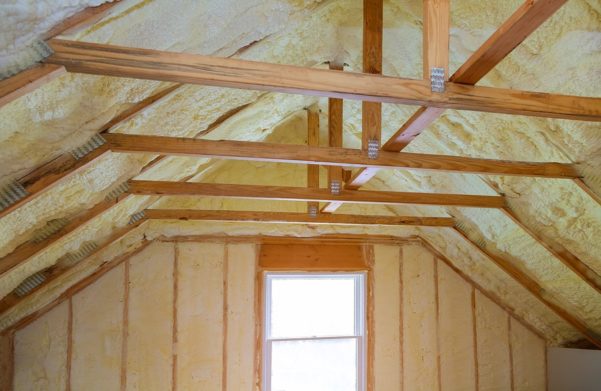
This unseasonably hot weather has catapulted us straight into summer. If you have found yourself making multiple trips back and forth to your thermostat, it may be time to look into improvements around your home that not only stop the multiple trips but also save you money in the end.
With the sun beating down on the roof of your home with little to no cloud cover, your attic will easily see high temperatures during the summer. Without proper insulation, the heat will absorb through the hard materials that make up your home, leading to unbearable temperatures inside.
Proper attic insulation will create air pockets which slow the heat attempting to flow through your home. This will help uneven temperatures between the rooms in your home and lessen the need to consistently visit your thermostat.
High heat and humidity have caused your home to become muggy and intolerable. The humidity and moisture can also become a welcoming environment for mold, fungi, and pests.
Investing in the encapsulation of your crawl space could not only save you money on your energy bills, but also prevent a headache in the long run. Termites thrive in areas of high moisture, putting your home at risk for structural damage. Not only will this method act as pest control, but it can also improve the air quality of your home and create more comfortable living conditions for you and your family.
Still on the fence? Give us a call to schedule your free inspection today, and one of our licensed professionals will answer all of your questions.
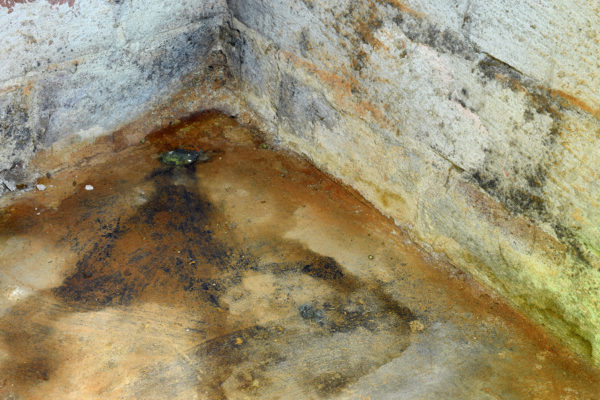
If you’re like most of us you don’t spend too much time inspecting your crawlspace. But did you know that moisture that makes its way into your crawlspace can cause significant problems not only for your home but for your health, as well? Dampness in your crawlspace is a common problem in homes without a proper moisture barrier system. Without a proper barrier, your crawlspace carries humid air that condenses and settles on the pipes, walls, and even the subflooring. This moisture provides the ideal environment for mold, mildew, and pests. A moisture barrier prevents this moisture from evaporating and seeping into the air beneath your home. Moisture barriers are composed of either foil or plastic material that helps prevent moisture from penetrating your crawlspace air.
So why should you have a moisture barrier installed in your crawlspace? Check out these 7 benefits of moisture barrier installation.
The moisture that gets into your crawlspace affects the temperature in your home. It can make your home too hot, too cold, too stuffy, or too dry depending on the weather, the season, and other factors. The moisture either absorbs the warmth from your house or keeps it from escaping. In turn, this causes your HVAC unit or furnace to run too long trying to maintain a steady temperature indoors. Installing a moisture barrier seals those spaces and keeps the moisture out of your crawlspace, helping to regulate the temperature inside.
As we mentioned above, the moisture in your crawlspace can affect the temperature inside your home. As your HVAC unit or furnace runs longer to help maintain the temperature inside, it uses more electricity which, in turn, increases your electricity bill. This also puts additional strain on the HVAC unit, causing them to wear out faster and need costly repairs and/or replacement. A moisture barrier acts as a sealant, controlling the moisture levels and easing the strain of your HVAC system, making your home more energy efficient and saving you money on your energy bills.
High moisture levels in your crawlspace provide the ideal environment for mold and mildew growth. Mold and mildew in your air system can be detrimental to your and your family’s health. Mold can also cause significant damage to your home. Installing a moisture barrier greatly reduces these moisture levels, preventing mold and mildew from forming. Mold and mildew are often the cause of foul odors in your home, as well. A moisture barrier can also help eliminate these stale, musty odors from your house.
Your crawlspace is home to a number of pipes that supply both water and power to your home. When moisture infiltrates your crawlspace, it can cause rotting inside and around these pipes, leading them to burst or break. Moisture barrier installation helps keep your pipes dryer, which increases their lifespan and decreases costly repairs.
As we mentioned above, many of the pipes in your crawlspace house electricity that runs to your home. Moisture and electricity don’t mix! Moisture in and around these pipes can lead to electrical shorts, rusted wires, and even fire. Installing a moisture barrier eliminates the moisture that can infiltrate these pipes, keeping your home safer from electrical hazards.
The foundation of your home is vital to its structure and soundness. Moisture in your crawlspace can lead to wood rot, especially on joists and beams. Rotting wood can lead to significant structural damage to your home which can, in turn, stick you with a huge repair bill. Moisture barrier installation reduces the amount of moisture in your crawlspace which helps prevent wood rot, protecting the structural integrity of your home.
Your unsealed crawlspace is an open invitation to pests and wildlife in search of shelter, food, and water. Once inside, these pests can cause significant damage to your home and your health. Rodents and other wildlife can chew through wood and electrical wires. Roaches and other insects can use the crawlspace to gain access to your home, posing potential health risks to you and your family. Installing a moisture barrier completely closes off your crawlspace, eliminating this entry point for pests into your home.
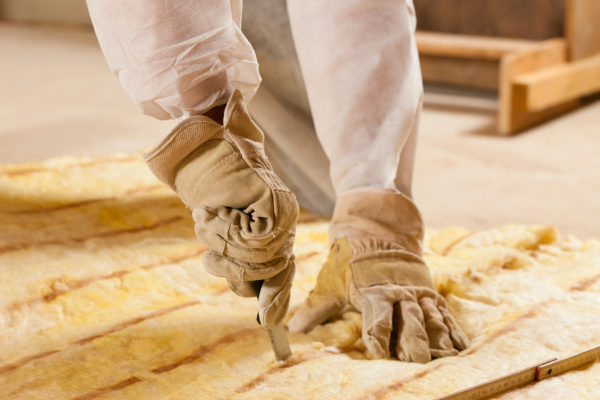
Have you ever wished you could keep your house warmer in the winter and cooler in the summer? Have you ever looked at your electricity bill and wished you could lower your payment? Have you wondered if there was something more you could do to keep pests out of your home? What if there was a product out there that could do all of these things and more? TAP (Thermal Acoustical Pest Control) insulation is energy star-rated attic insulation made of 87% recycled newsprint. TAP insulation all of the following benefits for your home:
TAP insulation is like a “blanket for your home.” The fibers in the insulation are dense enough to prevent air flow but still light enough that they can trap heat. This is especially beneficial during the winter months when the air flow from your home is the strongest and you need your insulation to work the best. This also allows you to keep more consistent temperatures in your home throughout all four seasons.
TAP insulation has small air pockets in its interconnected fibers that decrease the amount of sound that is transmitted from fiber to fiber. This decreases the amount of sound that flows through the ceiling, reducing the noise you hear from outside your home.
TAP insulation controls roaches, ants, and other pests. TAP fibers are treated with borate which then sticks to insects as they crawl through the insulation. Once the borate is ingested by the insect, it disrupts the pest’s digestive system and causes it to starve. Borates have a low toxicity for mammals which makes the risk minimal for humans and pets.
Studies show that TAP insulation can save you up to 30% on your annual energy bills. TAP reduces the air flow that leaves your house, helps keep your temperature consistent throughout the year, and makes your HVAC system run more efficiently, all helping to reduce the cost of your energy bills. The Department of Energy website has a calculator that can show you your potential savings on your current energy bill.
TAP insulation is treated with a fire retardant that helps to limit the spread of fire in your home.
TAP insulation is environmentally responsible as it is made from 87.5% post-consumer content and is also Energy Star rated. This not only saves landfill space but also helps conserve the energy used in your home, making it more green.
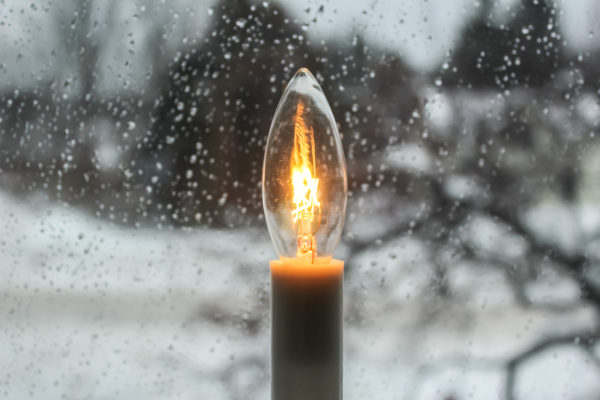
Although winter is still a few weeks away, it’s never too early to start preparing for cold weather. With cooler temps usually comes those dreaded high energy bills. Whether you’re looking to go greener at home or just save a little extra green in your wallet, there are lots of things you can do to save energy and cut down on the cost of your home energy bills. Check out these 13 tips to not only save energy, but save money and stay comfortable in the cold winter weather.